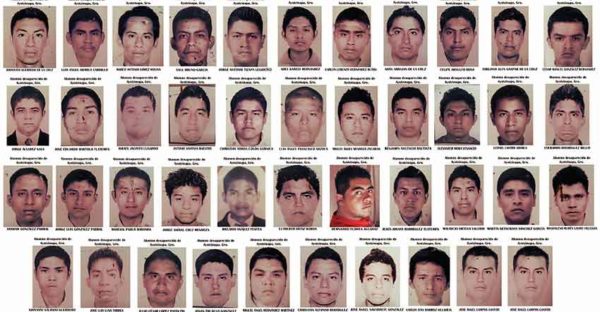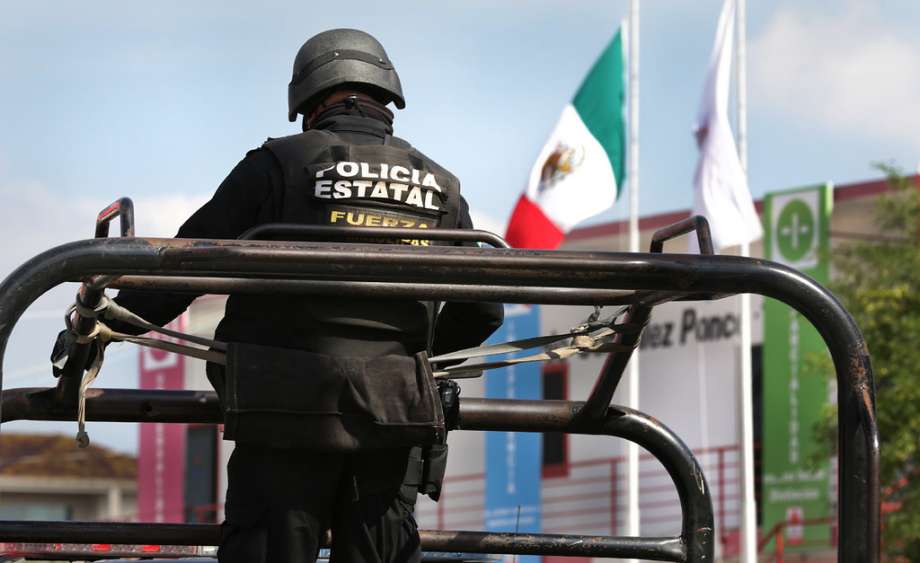The Shape of Water wins best film and best director for Guillermo del Toro
by the El Reportero’s wire services
Mexican director Guillermo del Toro had a successful outing at last night’s 90th Academy Awards, taking home the coveted best director and best picture Oscars for his film The Shape of Water.
The dark fantasy drama also won the awards for best original score and best production design. The film had been nominated in 13 categories.
In his acceptance speech for the best director Oscar, del Toro began by recognizing his own background and that of other Mexicans who have forged highly successful careers in the United States film industry.
“I am an immigrant like Alfonso [Cuarón] and Alejandro [G. Iñárritu], my compadres, like Gael [García Bernal], like Salma [Hayek] and like many, many of you…” he said.
“In the last 25 years, I’ve been living in a country all of our own. Part of it is here, part of it is in Europe, part of it is everywhere. Because I think the greatest thing that art does, and that our industry does, is erase the lines in the sand . . . when the world tells us to make them deeper,” the Guadalajara-born director continued.
Both Cuarón and Iñárritu have previously won the best director Oscar, the former in 2014 for Gravity while the latter took home the award in 2015 for Birdman and then again in 2016 for The Revenant.
Del Toro’s win means that Mexican filmmakers have won the award four times in the last five years. The three directors are also close friends and are commonly referred to as the Three Amigos.
Their careers are now largely based in the U.S. but all three made their first films in Mexico, and Cuarón will release another made-in-Mexico movie later this year. Another of del Toro’s films, Pan’s Labyrinth, was nominated for best foreign language film in 2007.
Anna Marie de la Fuente, a journalist who writes about the Latin American film industry for the magazine Variety, said that “like many immigrants before them, they have been embraced by Hollywood thanks to their prodigious raw talent, perseverance, hard work and, in some measure, luck.”
She also said the directors were helped by initiatives designed to support the Mexican film industry, adding that the rise of another Mexican star in the mold of Guillermo del Toro, Salma Hayek or Gael García Bernal is quite possible.
“Mexico has been churning out more than a hundred films a year thanks to more tax incentives, in particular, one called Eficine which, since 2006, gives incentives to private investors in film. So there are many opportunities for new talent to emerge.”
Del Toro’s words upon receiving the best picture award may provide further impetus for the next generation of filmmakers.
“… Growing up in Mexico I thought this could never happen, it happens and I want to tell you, everyone that is dreaming of a parable, of using the genre fantasy to tell the stories about the things that are real in the world today, you can do it, this is a door. Kick it open and come in,” he said.
The Shape of Water, del Toro’s 10th feature film, tells the story of a mute woman who befriends and ultimately falls in love with a merman or “amphibian god” that is being kept at a top-secret United States government lab in Baltimore in 1962.
It was named best film at the Venice International Film Festival and won two Golden Globes and del Toro also won best director at this year’s British Academy Film Awards or BAFTAs.
Another movie with a connection to Mexico won two Oscars last night.
Coco, a film whose concept is based on the Day of the Dead, was named best animated feature and one of its tracks, Remember Me, won best original song.
Source: \ Milenio (sp), The Verge (en), The Guardian (en)










